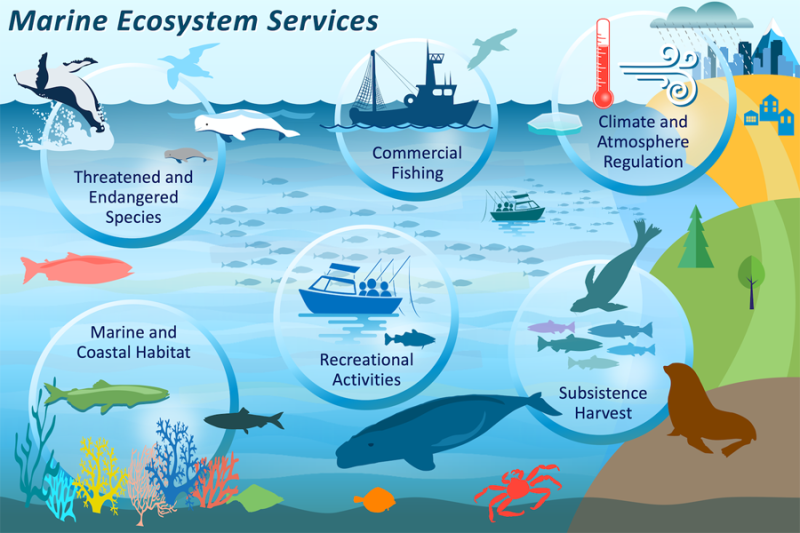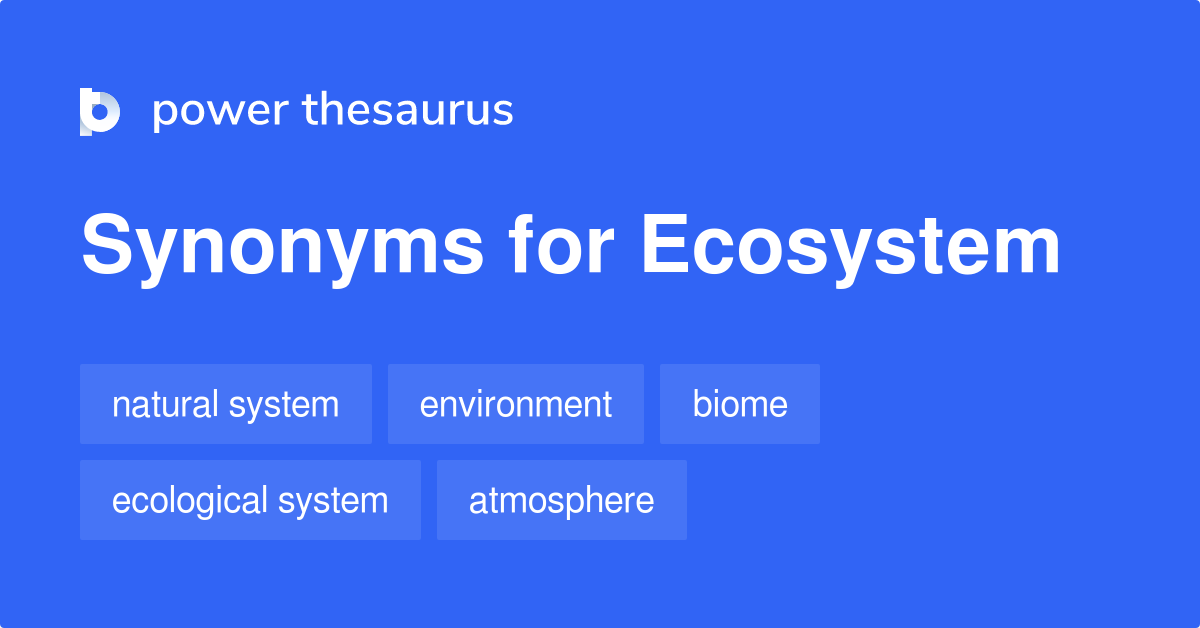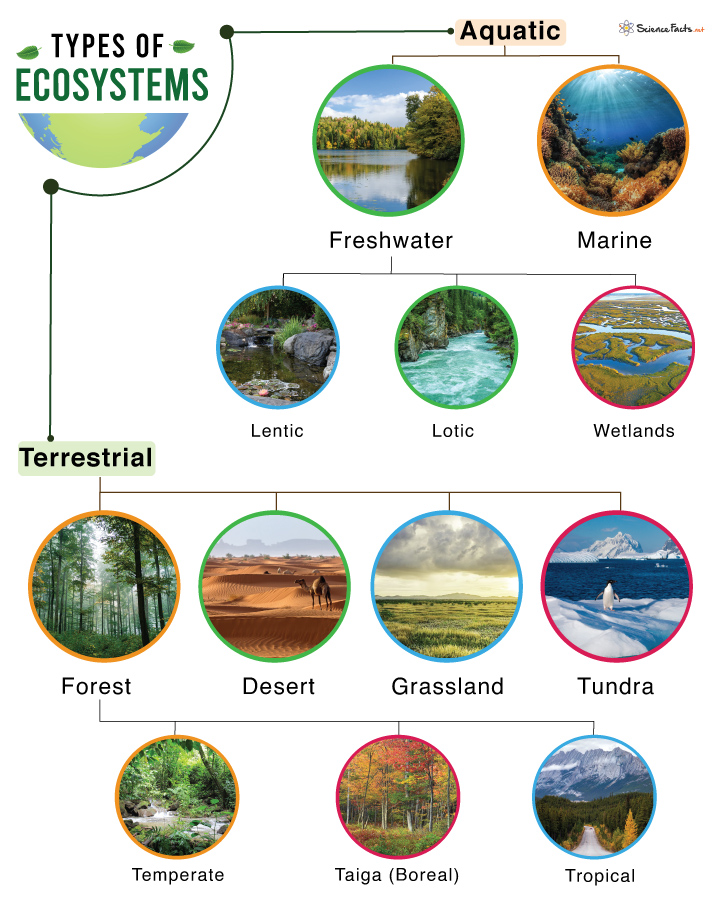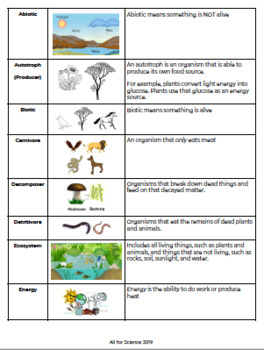Topic aquatic ecosystems biotic factors: Dive into the vibrant world of "Aquatic Ecosystems Biotic Factors," where life thrives beneath the waves, shaping the underwater realms in fascinating ways.
Table of Content
- What are the biotic factors in aquatic ecosystems?
- Understanding Biotic Components
- Producers in Aquatic Ecosystems
- Consumer Roles: Herbivores, Carnivores, and Omnivores
- Decomposers: The Unseen Regulators
- Interactions Between Biotic and Abiotic Factors
- Adaptations of Aquatic Organisms
- YOUTUBE: Abiotic Factors in Ecosystems: Water
- Threats to Aquatic Biotic Factors
- Conservation and Management of Aquatic Biodiversity
What are the biotic factors in aquatic ecosystems?
Some of the biotic factors in aquatic ecosystems include:
- Aquatic plants: These include algae, seaweed, and other types of plants that grow in water. They play an important role in providing oxygen and food for other organisms.
- Fish: Fish are an important part of aquatic ecosystems. They can serve as predators or prey, and they also help to recycle nutrients in the water.
- Amphibians: Amphibians such as frogs and salamanders can be found in both aquatic and terrestrial ecosystems. They play a role in controlling populations of insects and other invertebrates.
- Invertebrates: Aquatic ecosystems are home to a wide variety of invertebrates, including insects, crustaceans, and mollusks. These organisms contribute to nutrient cycling and serve as an important food source for other organisms.
- Microorganisms: Bacteria, fungi, and other microorganisms are present in aquatic ecosystems. They break down organic matter and help to recycle nutrients.
These biotic factors interact with each other and with the abiotic factors, such as temperature, sunlight, and water chemistry, to create a complex and dynamic ecosystem.
READ MORE:
Understanding Biotic Components
Biotic components are the living elements of aquatic ecosystems, including plants, animals, and microorganisms that interact within their watery environments. These components are crucial for the balance and health of aquatic systems, playing various roles from producers to consumers and decomposers.
- Producers: These include photosynthetic organisms like algae and aquatic plants that form the base of the food web by converting sunlight into energy.
- Consumers: Aquatic consumers are divided into herbivores that eat plants, carnivores that eat other animals, and omnivores that consume both plants and animals.
- Decomposers: Microorganisms such as bacteria and fungi, along with detritivores, break down dead organic matter, recycling nutrients back into the ecosystem.
Each of these groups interacts within the ecosystem, contributing to its function and productivity. Understanding these biotic components is essential for grasping how aquatic ecosystems operate and the importance of each organism in maintaining ecological balance.

Producers in Aquatic Ecosystems
Producers form the foundational layer of aquatic ecosystems, harnessing the sun"s energy to fuel the web of life beneath the waves. These organisms, through the process of photosynthesis, convert inorganic substances into organic matter, providing energy for various forms of aquatic life.
- Phytoplankton: Microscopic plants that float in the water column, phytoplankton are primary producers in many aquatic ecosystems, especially in the open ocean.
- Aquatic Plants: Including seaweeds, marsh grasses, and water lilies, these plants are rooted in the sediment and contribute significantly to the productivity and oxygenation of their environments.
- Algae: Ranging from microscopic diatoms to large seaweeds, algae are versatile producers that inhabit diverse aquatic environments from freshwaters to oceans.
These producers not only serve as the primary source of energy for consumers but also play a crucial role in oxygen production and carbon sequestration, making them indispensable for ecosystem health and stability.
Consumer Roles: Herbivores, Carnivores, and Omnivores
In aquatic ecosystems, consumers play vital roles in maintaining ecological balance by participating in complex food webs. They are categorized based on their diet and the way they obtain their food.
- Herbivores: Aquatic herbivores, such as certain species of fish, turtles, and invertebrates, feed primarily on plants and algae. They are crucial for controlling the growth of producers and ensuring energy transfer up the food chain.
- Carnivores: Carnivorous species, including many types of fish, aquatic mammals, and reptiles, feed on other animals. They help regulate the populations of other aquatic organisms, preventing any single species from dominating the ecosystem.
- Omnivores: Omnivores, like some fish and crustaceans, consume both plant and animal matter. Their flexible diet allows them to stabilize the ecosystem by linking different trophic levels.
Together, these consumers contribute to the dynamic balance of aquatic ecosystems, participating in nutrient cycling, population control, and energy flow.

Decomposers: The Unseen Regulators
Decomposers are the unsung heroes of aquatic ecosystems, breaking down dead organic matter and recycling nutrients back into the environment. Their work is essential for the health and sustainability of aquatic habitats.
- Bacteria: These microscopic organisms are pivotal in decomposing organic materials, releasing nutrients that are then available for uptake by producers.
- Fungi: Aquatic fungi break down complex organic compounds in dead plant and animal matter, playing a crucial role in nutrient cycling.
- Detritivores: Organisms such as certain insects, worms, and crustaceans feed on detritus, further breaking down organic matter and stimulating microbial activity.
Through their activities, decomposers ensure the continuation of nutrient cycles, supporting the productivity and balance of aquatic ecosystems.
Interactions Between Biotic and Abiotic Factors
The intricate dance between biotic (living) and abiotic (non-living) factors defines the unique character of each aquatic ecosystem. These interactions shape the environment, influencing the distribution, behavior, and survival of organisms.
- Light Penetration: The availability of sunlight affects photosynthesis in aquatic plants and phytoplankton, dictating the primary productivity of the ecosystem.
- Water Temperature: Temperature regulates the metabolic rates of aquatic organisms and affects the solubility of oxygen in water, thus influencing life forms that can thrive in various conditions.
- Chemical Composition: The concentration of nutrients and pollutants can greatly impact the health and diversity of biotic communities.
- Physical Structures: Rocks, riverbeds, and other physical features provide habitats and influence the flow and distribution of nutrients and organisms.
Understanding these interactions is crucial for conserving aquatic ecosystems and ensuring their resilience against environmental changes.
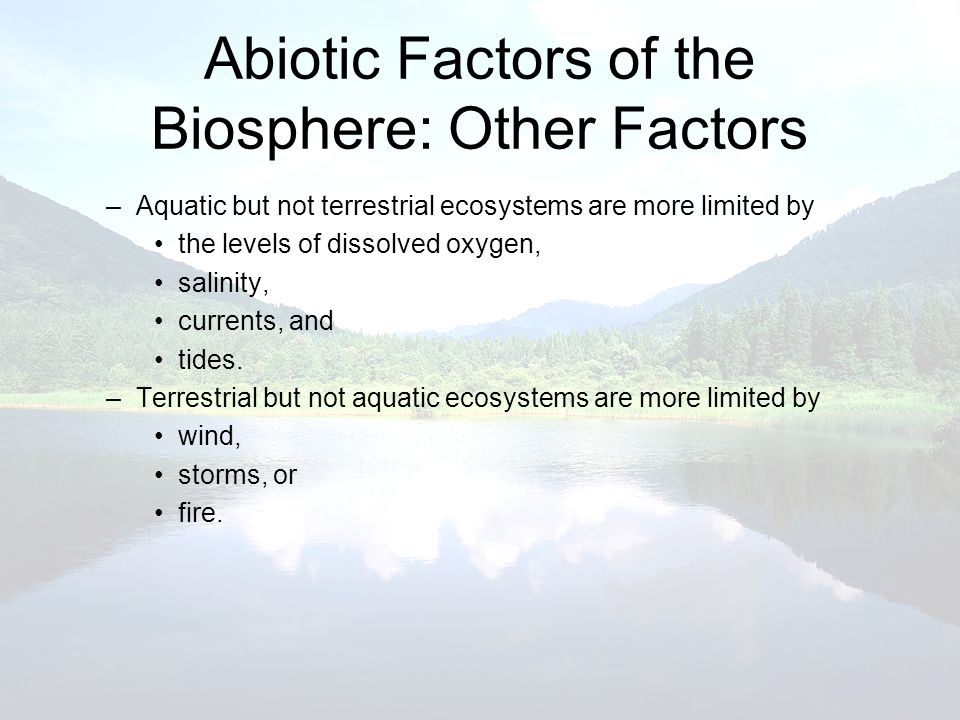
Adaptations of Aquatic Organisms
Aquatic organisms have evolved remarkable adaptations to thrive in their diverse habitats. These adaptations enable them to overcome challenges such as variations in water temperature, salinity, and pressure.
- Streamlined Bodies: Many aquatic animals, such as fish and dolphins, have streamlined bodies to reduce resistance while moving through water.
- Respiratory Adaptations: Gills in fish and amphibians allow for efficient oxygen extraction from water, while some aquatic mammals have adapted to hold their breath for extended periods during dives.
- Temperature Regulation: Aquatic organisms like certain fish have antifreeze proteins to prevent ice crystal formation in their blood, crucial for survival in cold waters.
- Camouflage: Many aquatic species, including flatfish and seahorses, have developed camouflage to blend in with their surroundings, aiding in predation and avoidance of predators.
- Pressure Adaptations: Deep-sea creatures have adapted to high-pressure environments with flexible cell membranes and unique biochemical compositions.
These adaptations not only demonstrate the resilience and versatility of aquatic life but also highlight the complexity of their ecosystems.
Abiotic Factors in Ecosystems: Water
Abiotic Factors: Discover the secret world of abiotic factors and uncover how these non-living elements shape the environment around us. Join us on an educational journey that will leave you amazed and eager to understand the hidden forces at play!
Aquatic Ecosystems: Biotic and Abiotic Factors
Aquatic Ecosystems: Dive into the mesmerizing depths of aquatic ecosystems and witness the incredible biodiversity that thrives beneath the surface. From colorful coral reefs to mysterious ocean trenches, this video will take you on an awe-inspiring adventure through the wonders of aquatic life.
Threats to Aquatic Biotic Factors
The delicate balance of aquatic ecosystems faces numerous threats that can alter habitats, reduce biodiversity, and disrupt ecological processes. Understanding these threats is crucial for effective conservation strategies.
- Pollution: Chemical contaminants, plastics, and excess nutrients from agricultural runoff can poison aquatic life and lead to harmful algal blooms.
- Climate Change: Rising temperatures and altered precipitation patterns affect water availability, quality, and habitat conditions, leading to species migration and loss.
- Habitat Destruction: Wetland drainage, river damming, and coastal development destroy crucial habitats for many aquatic species.
- Overfishing: Unsustainable fishing practices deplete fish stocks, disrupting food webs and economic stability for dependent communities.
- Invasive Species: Non-native species can outcompete, prey on, or introduce diseases to native species, destabilizing ecosystems.
Addressing these threats requires coordinated global and local efforts to protect and restore the health of aquatic ecosystems for future generations.
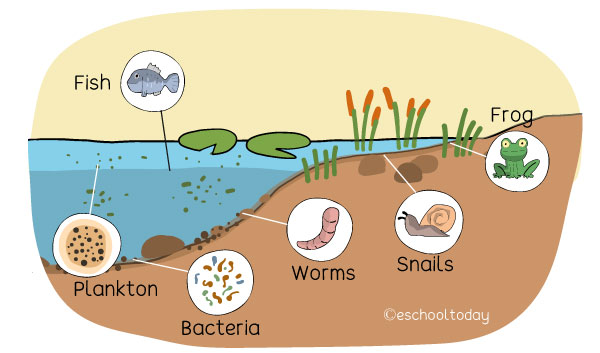
READ MORE:
Conservation and Management of Aquatic Biodiversity
Conserving and managing aquatic biodiversity is vital for sustaining healthy ecosystems and human societies that depend on them. Effective strategies require a multifaceted approach, incorporating science, policy, and community engagement.
- Protected Areas: Establishing marine and freshwater protected areas to safeguard critical habitats and species from harmful activities.
- Restoration Projects: Rehabilitating degraded aquatic ecosystems, such as wetlands and coral reefs, to restore their ecological functions and biodiversity.
- Sustainable Practices: Promoting sustainable fishing, agriculture, and water use practices to minimize environmental impacts.
- Policy and Legislation: Enforcing laws and regulations that protect water quality, species, and habitats, and regulate exploitation.
- Research and Monitoring: Conducting scientific research to understand ecosystem dynamics and monitoring changes to inform adaptive management.
- Community Involvement: Engaging local communities in conservation efforts, recognizing their knowledge and stake in the health of aquatic ecosystems.
Through these concerted efforts, we can ensure the resilience and sustainability of aquatic ecosystems for future generations.
Exploring the dynamic interplay of biotic factors within aquatic ecosystems reveals a world teeming with life and complexity, urging us to appreciate and protect these vital water realms for the future.







